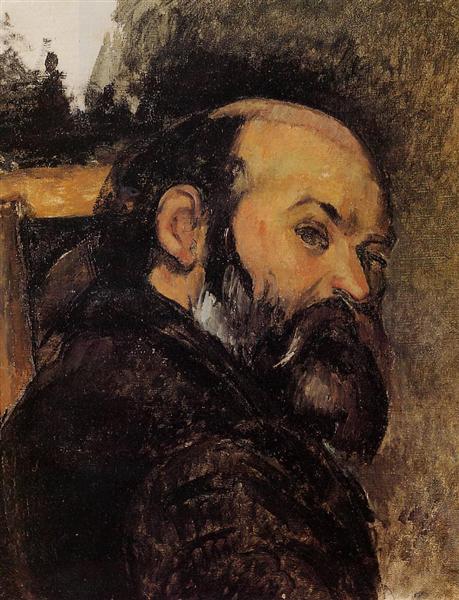Description
In 1885, Paul Cézanne, one of the leading figures of Post-Impressionism, presented his Self-Portrait, a work that offers a deep insight into the artist’s psychology. Not only is this painting a testament to Cézanne’s technical virtuosity, but it also encapsulates his constant search for truth through painting. The piece is a crucial example of how the artist, who was in a transitional period, was exploring new forms of representation that always challenged traditional conventions.
At first glance, the work is characterized by the presence of a Cézanne who was alien to the ideals of beauty that inundated the art of his time. His face, outlined with a dramatic and almost aggressive use of color, becomes a map of shadows and lights that reveals both his humanity and his introspection. In this self-portrait, idealization is not sought; rather, an honest representation of himself is presented, where firm and loose brushstrokes intertwine to convey a sense of immediacy and emotion.
The composition of the painting revolves around the central figure, who takes up the majority of the canvas. This brings a sense of intimacy and strength to the image, allowing the viewer an intimate connection with the artist. The colour palette reflects a variety of earthy tones, complemented by hints of blue and green, which creates an almost melancholic atmosphere. Cézanne uses colour not only as a means of depicting reality, but as a vehicle to express his emotional state, reflecting the influence of Impressionism that he had assimilated in his earlier years.
The dark, almost abstract background poses a powerful contrast to the figure in the self-portrait. This architectural choice for the background contributes to the three-dimensional effect of the figure, while the use of light highlights some features of her face, especially her eyes which, through small brushstrokes in brown and blue, seem to look in the direction of the viewer with a depth and awareness that feels unique. It is not just a portrait; it is a visual confrontation.
Within the context of Cézanne's work, this self-portrait is inserted in a series of images that explore his own identity and the role of the artist in society. In the 1880s, Cézanne was at a crucial point in his career; he distanced himself from the elitist influences of academic art and opened a path towards a more personal and subjective representation. His explorations of perception, form and colour would lay the groundwork for the development of later artistic movements, such as Fauvism and Cubism.
This self-portrait stands out for its boldness and honesty, two characteristics that have made Cézanne a central figure of study in the history of art. Each brushstroke seems to imply an internal dialogue, a meditation on one's own existence that transcends the merely visual. Consequently, it is not just an image of a man, but a question about the very identity of the artist. The work becomes a beacon that illuminates not only Cézanne's personal style, but also his contribution to modern art. Self-Portrait of 1885 is not only a reference point for an era, but a permanent meditation on the search for the self and its representation on canvas.
KUADROS ©, a famous painting on your wall.
Hand-made oil painting reproductions, with the quality of professional artists and the distinctive seal of KUADROS ©.
Painting reproduction service with satisfaction guarantee. If you are not completely satisfied with the replica of your painting, we will refund 100% of your money.

